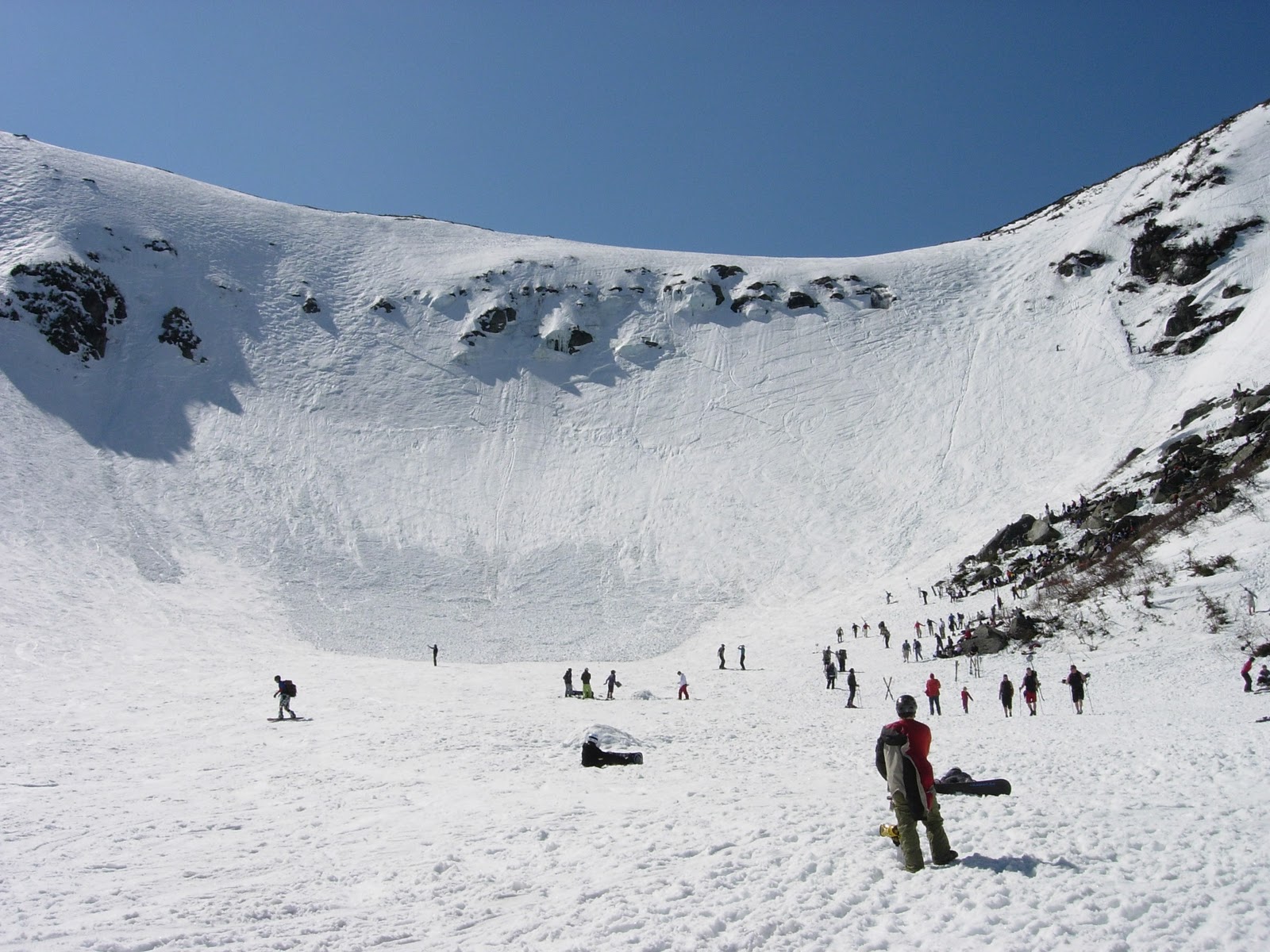MARCH 9, 2021 – On today’s local news the youthful forecaster cheerfully promised bright sunshine and record high temperatures. Mercury’s already flying high—well above 40. My main concern is . . . over the past 24 hours, how much snow has disappeared from my remaining run in nearby “Little Switzerland”?
Yesterday, before the sun got too revved up I hiked to “Little Switzerland” to squeeze in my daily ski routine in these fast-waning days on the backside of winter. There was enough snow for 20 turns per run. If I was the only skier, I was not the only person enjoying the place: a few early golfers were chasing spring down a fairway that had already shed its winter frock. One guy alternated between hitting golf balls one way and hurling dog balls another—for the amusement of his black lab.
Before my first run down the slope that still offered plenty of “corn snow”—the delight of spring skiing—I stopped to admire the surrounding vistas of “France,” “Germany,” “Austria,” and “Italy,” not to mention “the Valais,” “the Bernese Oberland,” and “Lake Geneva” within “Little Switzerland” itself. My world was awash in sunshine and smiled broadly. Just then my imaginings returned me to the U.S.—New England. I pretended I was standing at the top of . . . Tuckerman’s Ravine.
A number of times in my college days I’d been invited by friends to ski the “the Terror of New England” in the shadow of New Hampshire’s Mt. Washington. I’d had my share of “steep” and “deep,” including more than one nose dive down “Nose Dive,” the giant mogul run at Stowe, and fallen in Utah powder so deep I didn’t know which way was up. In my worst crash in high school, I tore the binding right off my right ski—miraculously without tearing my leg off my body. But I was never up for skiing down Tuckerman’s.
Late in the ski season, serious New England skiers make a pilgrimage to the legendary headwall in northern New Hampshire. Long after the snow is gone from the rest of the White Mountains, Tuckerman’s still has plenty left. The primary reason for the headwall’s hold on snow is the incline, which long shields Tuckerman’s from the face of Helios. Anyone who’s faced a triple-diamond run with a 30-degree incline knows you need to be in shape and can’t be scared of gravity. Anyone who’s looked down a 45-degree run knows it’s as good as looking down the side of a cliff. Anyone who knows about Tuckerman’s knows it is a cliff.
Perhaps I would’ve tried Tuckerman’s if the first skier to invite me hadn’t described the challenge so starkly. “It’s so steep,” he told me, “that when you’re standing on your skis, waiting for your turn to die, you can touch the side of the slope.” He then added, “If you fall, you will die.” I didn’t want to die.
Pretending to stand atop Tuckerman’s (in “Little Switzerland”) is the better way to . . . live.
(Remember to subscribe to this blog and receive notifications of new posts by email.)
© 2021 by Eric Nilsson
